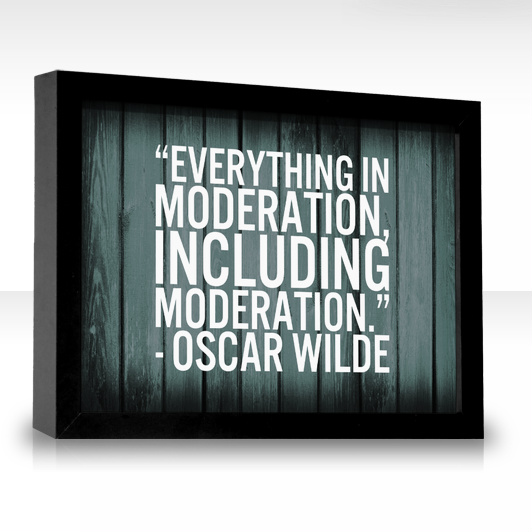MODERATION
Endurance exercise is a risk factor for atrial fibrillation. I have observed this effect since I started practice in Boulder 15 y ago. I have spent hours with my patients, discussing the role of moderation in exercise. Here is data to support this recommendation.
Meden Agan
The temple of Apollo at Delphi bore the inscription Meden Agan (μηδὲν ἄγαν) – ‘Nothing in excess’.
Lagom
The Swedish word lagom means “just the right amount – not too much, not too little.”
THE DATA

The evidence is overwhelming for those of you who want to look it up. See citations (7–31) in this excellent review article. Some of these studies are on Swedish cross country skiers who obviously did not follow lagom. If you don’t want to dig through the data, here is a summary:
- High-intensity endurance athletes have a 2- to 10-fold higher risk of developing AF compared with sedentary individuals.
- The Physicians’ Health Study, a large-scale observational study in 16,921 healthy men, reported that jogging 5-7 times/week was associated with a 53% higher odds of developing AF compared with men who did not exercise vigorously.
- There seems to be a threshold requirement of 2,000 lifetime training hours before the risk of AF rises.
- Vigorous exercise and the lack of exercise both are associated with a higher risk of AF and that mild-moderate exercise lowers the risk of AF.
- Intense exercise increases the risk in men but lowers the risk in women.
- Some studies have reported a marked reduction in AF burden after abstinence from exercise, lending support to a treatment strategy of reducing the intensity and duration of exercise in athletes with symptomatic AF.
For those of you who ask me about how much is too much : some numbers on cumulative moderate/strenuous physical activity and AFIB:
| Hours | Odds ratio | P value |
| 0–2077 h | 1 | |
| 2078–9318 h | 5.6 | 0.0075 |
| ≥9319 h | 15.11 | 0.0001 |
What this means is that if you did >9319 lifetime hours of moderate/strenuous exercise, your chances of developing AFIB are 15 times higher than the athlete who exercised < 2077 lifetime hours.
My practical advice to my endurance athlete patients – 1 hour of strenuous exercise, 5 days a week. (That gives you 36 years of strenuous exercise before you hit 9319 hours.)
As an aside, taller athletes are more likely to develop AFIB compared to shorter athletes.
MECHANISMS
Several mechanisms play a role in development of AFIB in endurance athletes – slow heart rate, atrial scarring stretch & enlargement, inflammation, autonomic imbalance, increased irritability of heart (PACs and pulmonary vein triggers), poor nutrition & performance enhancing drugs, lack of sleep etc.

AFIB AND AFL ABLATION
Heidbuchel showed that “endurance sports is a risk factor for atrial fibrillation after ablation for atrial flutter.” i.e. if you have had ablation for atrial flutter, you may reduce your odds of developing atrial fibrillation if you reduce endurance training.
Pulmonary vein isolation remains an excellent treatment for athletes with atrial fibrillation.
2 CAVEATS
- Not exercising at all is far worse than overexercising for your heart health.
- Overall cardiovascular mortality and stroke are reduced in endurance athletes
